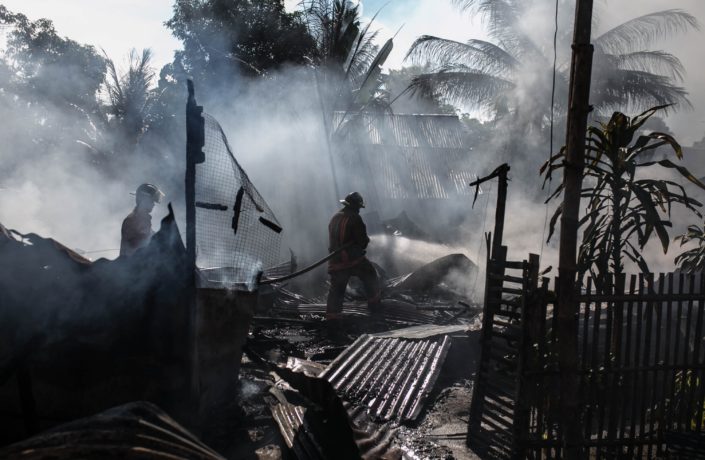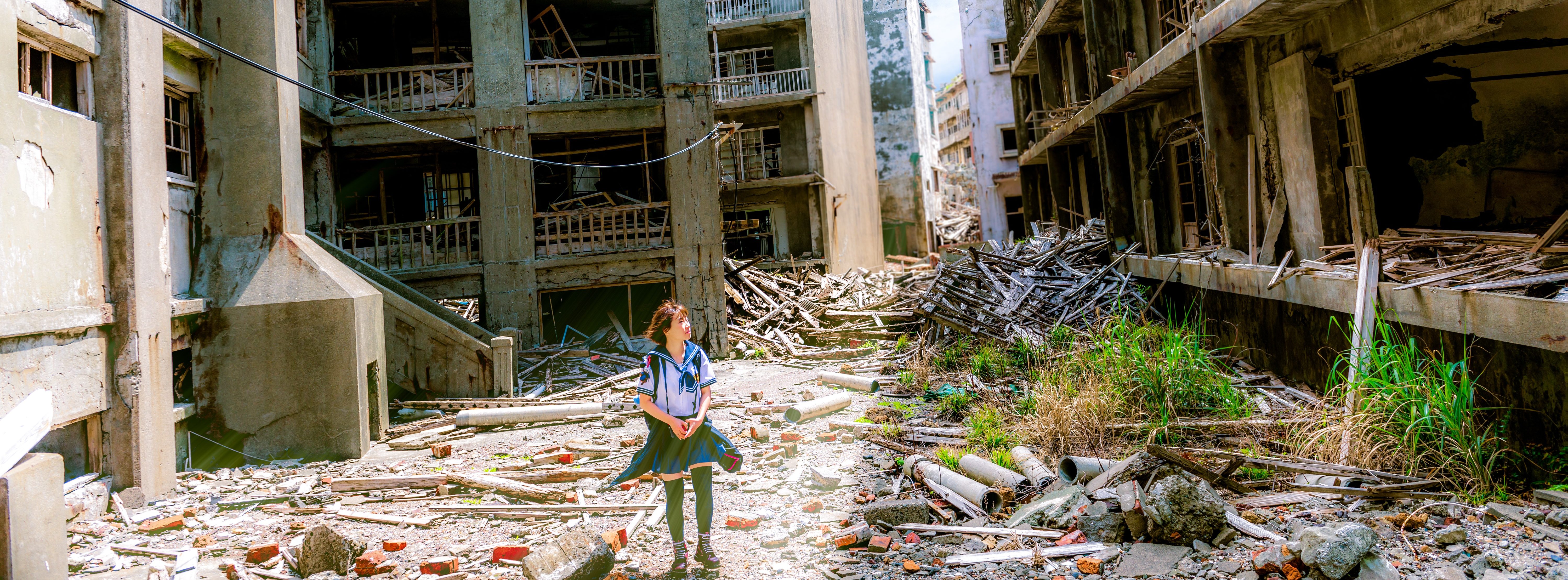 News
News


With the rise of 5G and the introduction of Wi-Fi 6 dominating global tech news in recent months, it is easy to forget what Wi-Fi, in its purest form, really stands for. To most people, it symbolises a wireless revolution that started almost exactly 20 years ago and completely transformed the way we live and work. From our smart speakers and laptops at home, to the printers and servers we need to use at work, wireless networks have become almost ubiquitous today and now power every aspect of modern life.
But while Wi-Fi might have significantly changed our personal and professional lives, it has arguably had the biggest impact on our society as a whole. Most notably, Wi-Fi technologies are now being used to help connect people in need, be that in war-torn countries, refugee camps or giving remote doctors access to the information they need to provide patients with the best possible care.
In the UK, for example, a non-profit organisation focuses on providing internet access to people in need during humanitarian crises. In recent years, they managed to bring Wi-Fi connectivity to refugees stranded in France, Belgium, Serbia and other countries around the world, helping them let their family members know where they were and that they were safe. In France and Belgium alone, they have managed to help almost 3,000 people to date.
Across the pond in San Francisco, an education charity has designed special Wi-Fi powered buses that travel to underprivileged neighbourhoods and provide students with access to technologies they might not have at home to help them complete their assignments. Initiatives like these aim to close the so-called “homework gap” which often affects students from poorer backgrounds as they can lack access to a reliable internet connection.
Even during natural disasters, Wi-Fi now plays a crucial role in helping people in need. Local organisations are able to deploy dozens of rubber ducks in Puerto Rico in the event of a hurricane, earthquake or another disaster. What might sound slightly comical, actually has a real impact on those affected. These ducks are equipped with Wi-Fi technology and create a mesh network that people can connect to in emergencies to seek shelter or find safety.
While the future of Wi-Fi will undoubtedly play out in our connected homes, within autonomous enterprises and as part of smart cities, it is important to remember what a profoundly positive impact this technology has already had on the world we live in today. The ingenuity with which non-profit organisations approach technologies like Wi-Fi to help people in need clearly knows no boundaries. Whatever the future holds, it will be exciting to see how these technologies will continue to help and do good for people in need in the years to come.